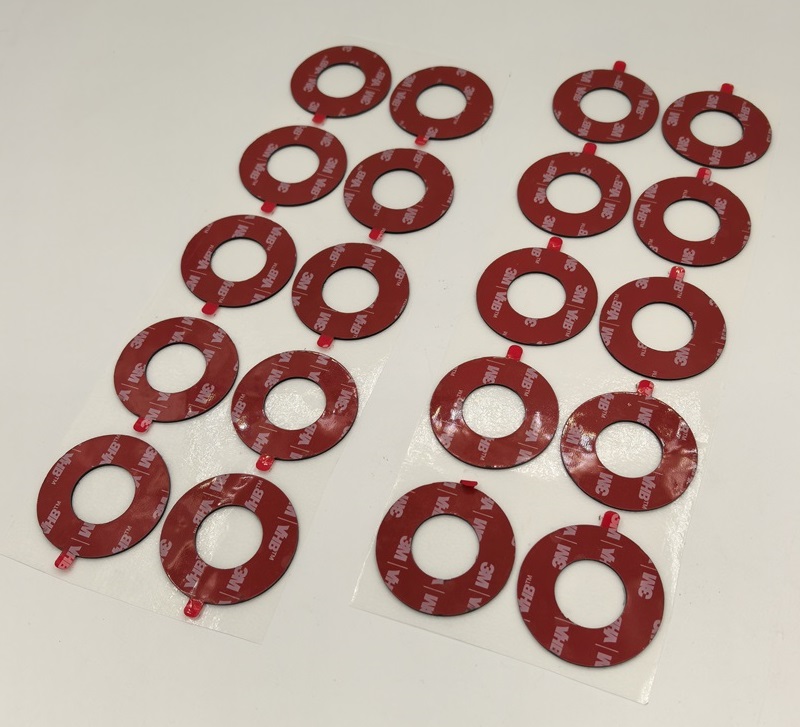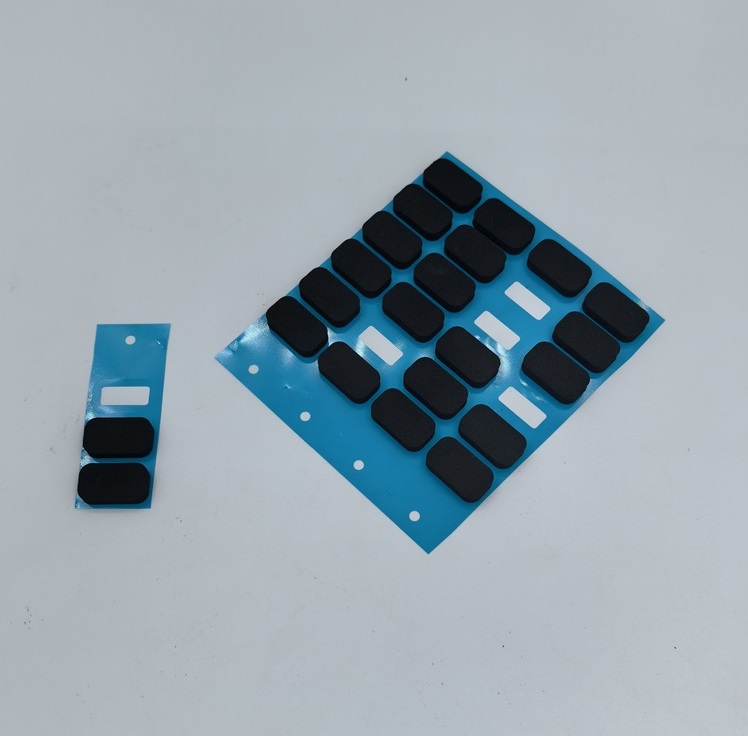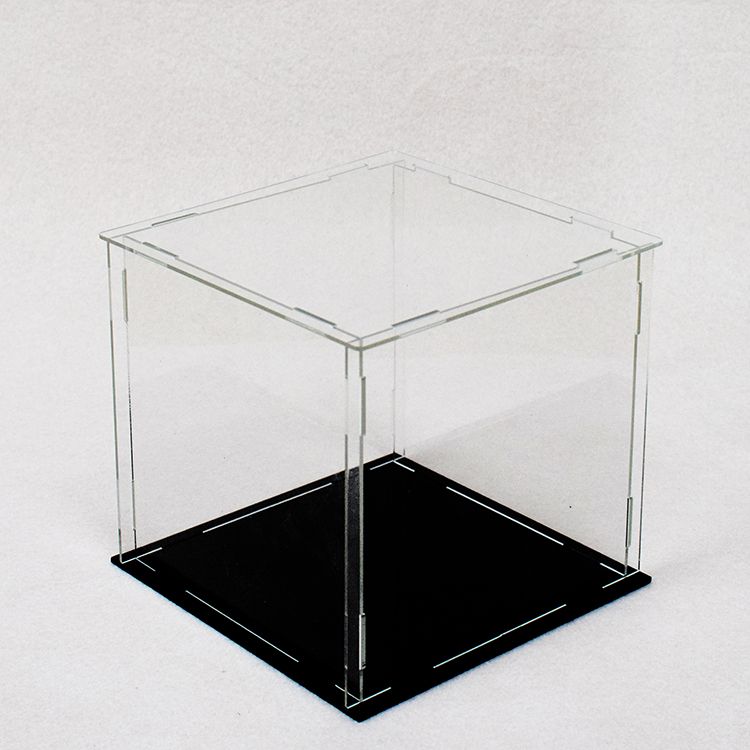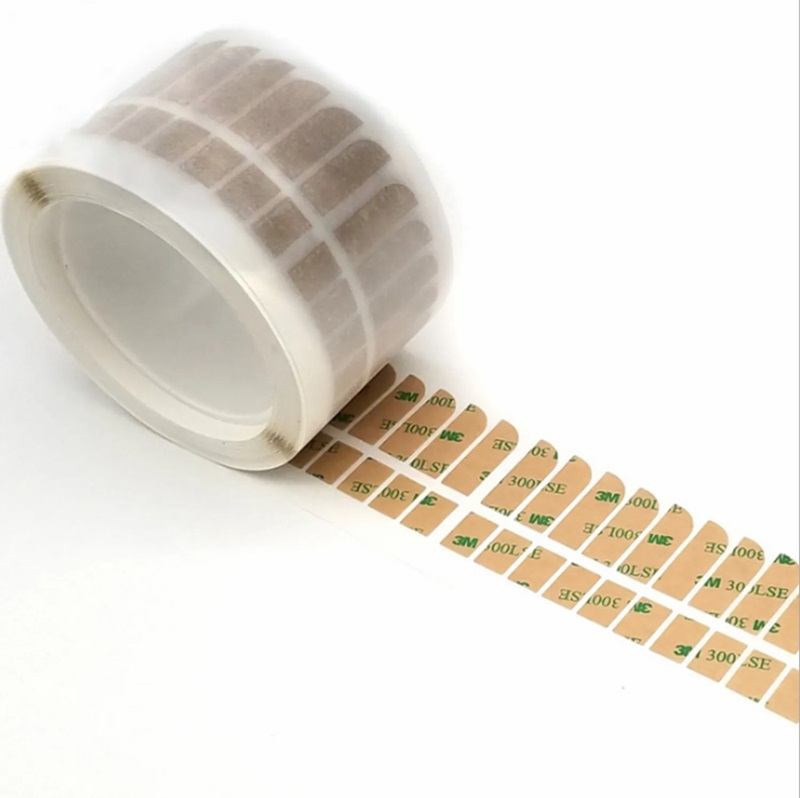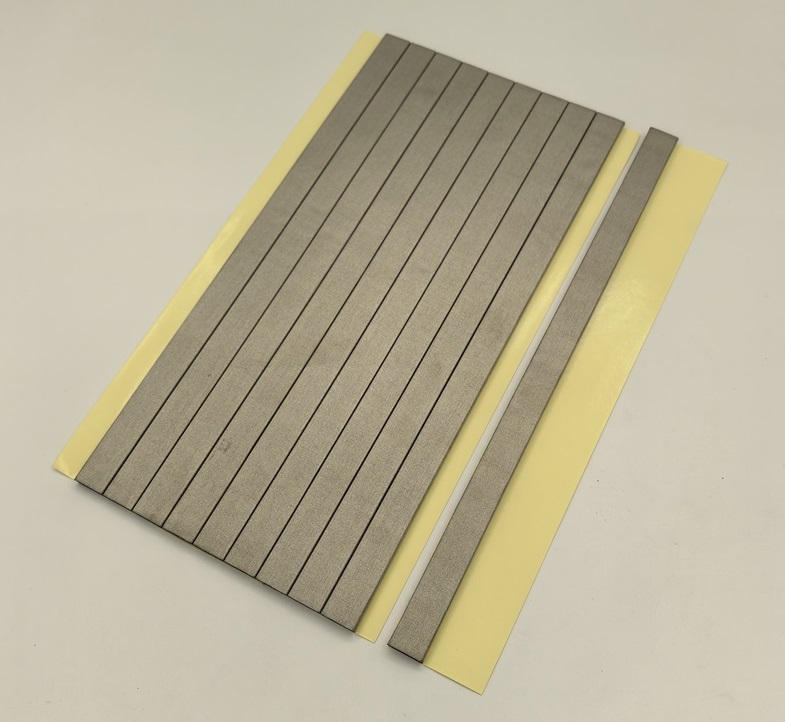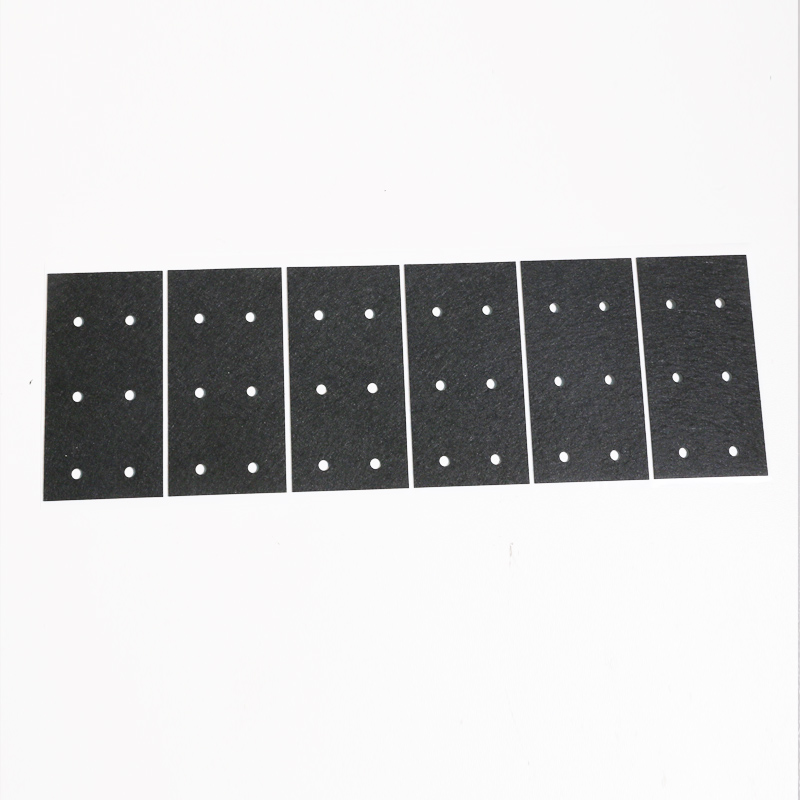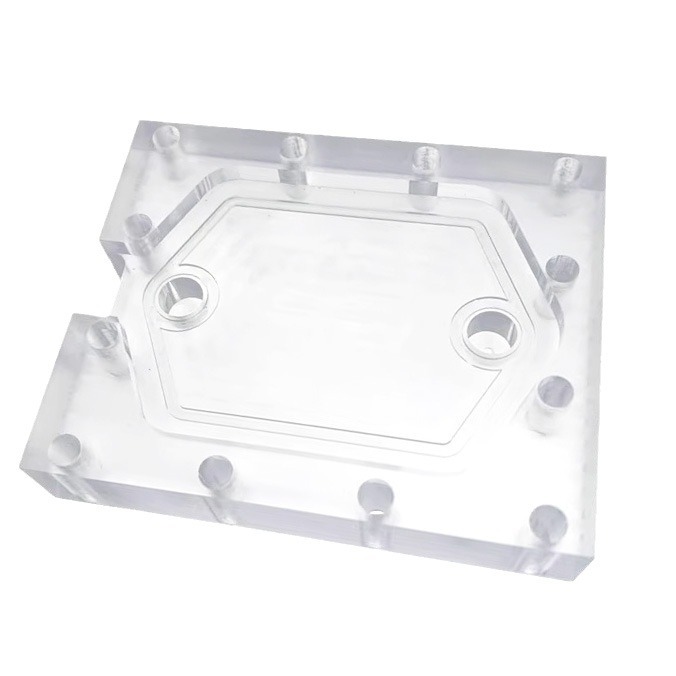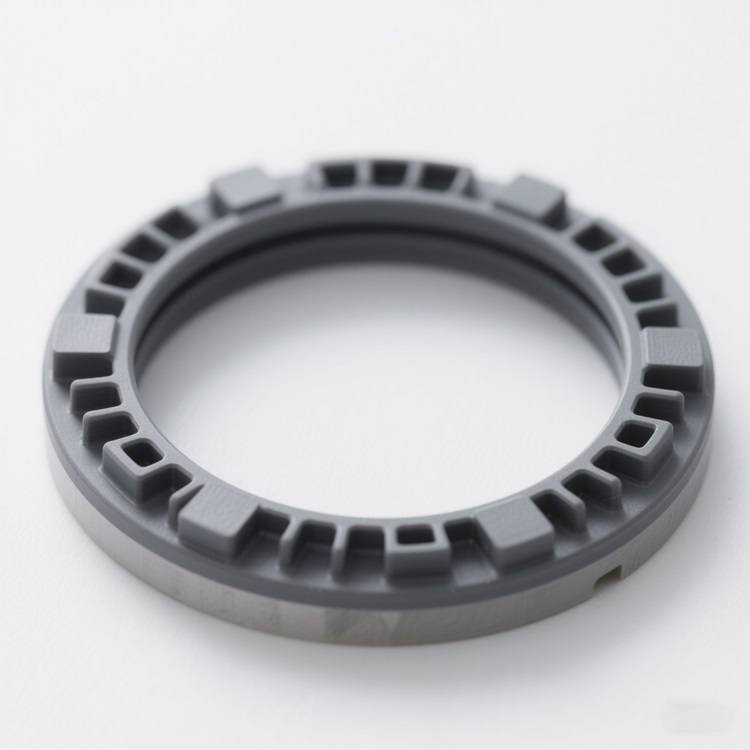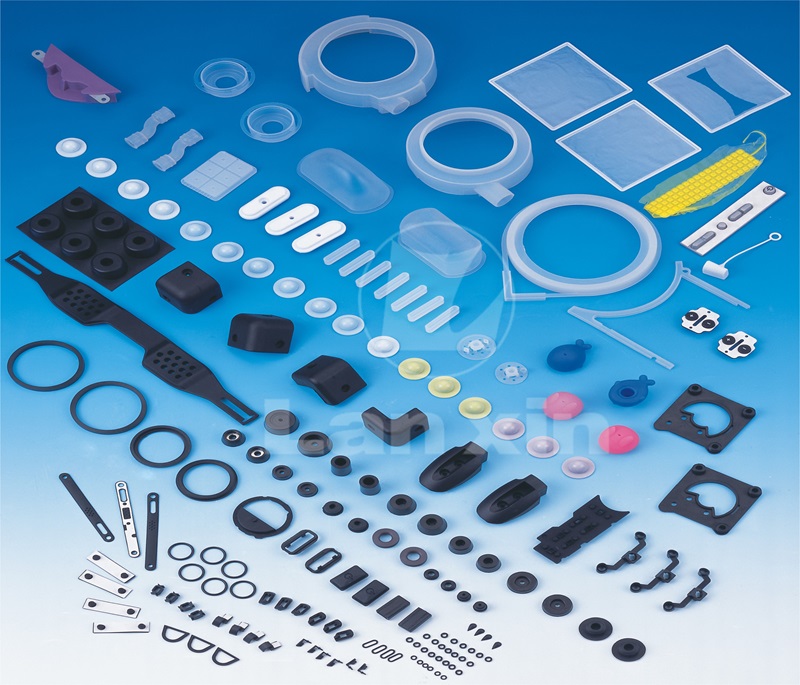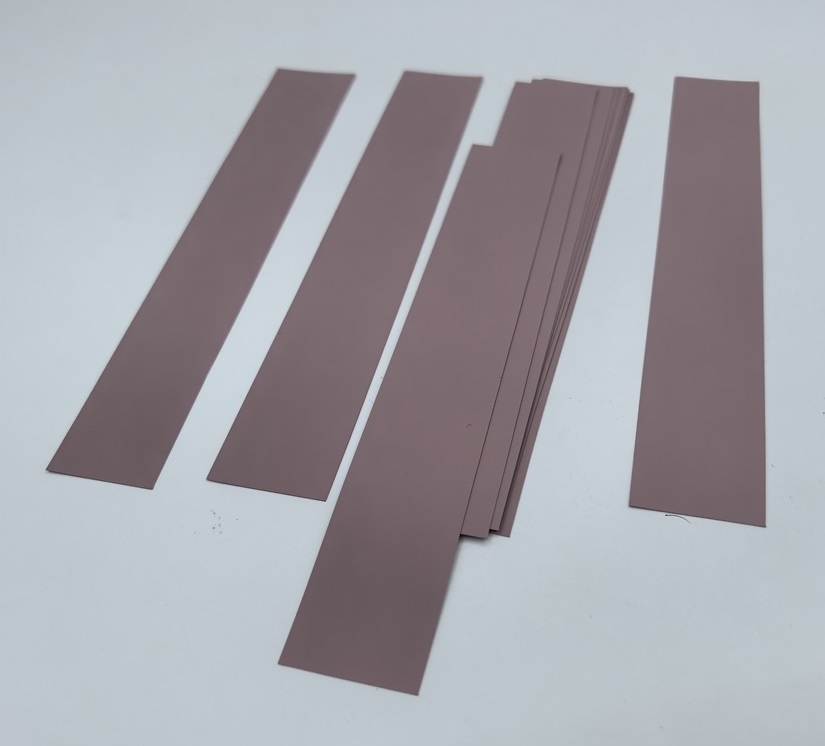The performance of heat dissipation materials directly affects the stability and life of electronic components of equipment. PC, Epoxy Board and Mica are three common types of hard heat dissipation materials with different physical properties. This article discusses the following points of these heat dissipation materials: performance, application and cost budget.
I. Differences in material essence and core performance
PC (polycarbonate) is a transparent thermoplastic engineering plastic with carbonate groups in its molecular structure, which has excellent impact resistance and dimensional stability. Its thermal conductivity is about 0.15-0.22W/(m・K), which is medium among non-metallic materials, but its heat resistance temperature is only about 130℃, and it needs to be controlled below 100℃ for long-term use. It is worth noting that the insulation resistance of PC can reach more than 10¹⁴Ω・cm, and it is flame retardant (UL94 V-2 grade), which is suitable for scenarios that take into account both heat dissipation and safety. Epoxy board is made of glass fiber cloth impregnated with epoxy resin and pressed, which is a thermosetting composite material. Its layered structure increases its thermal conductivity to 0.2-0.4W/(m・K), and its heat resistance grade reaches F grade (155℃), and it can withstand high temperatures of 180℃ in a short period of time. More importantly, the bending strength of epoxy board exceeds 100MPa, and the insulation breakdown strength reaches 10-15kV/mm, which is outstanding in the balance between mechanical strength and electrical safety.
Mica, as a natural layered silicate mineral (mainly composed of muscovite and phlogopite), is naturally resistant to high temperatures. Although its thermal conductivity is close to that of epoxy board (0.2-0.5W/(m・K)), its upper temperature resistance can reach 600-1000℃, and its insulation resistance is as high as 10¹⁶Ω・cm, which is an ideal choice for extreme environments. Natural mica is usually compounded into mica board for use to improve impact resistance.
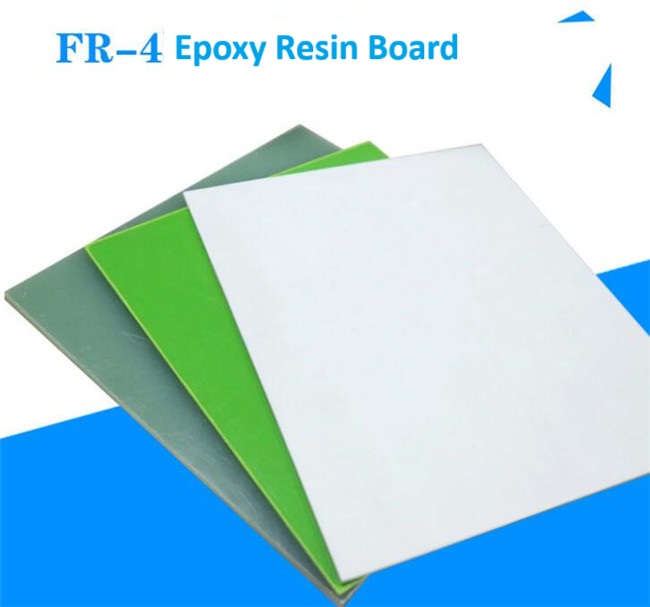
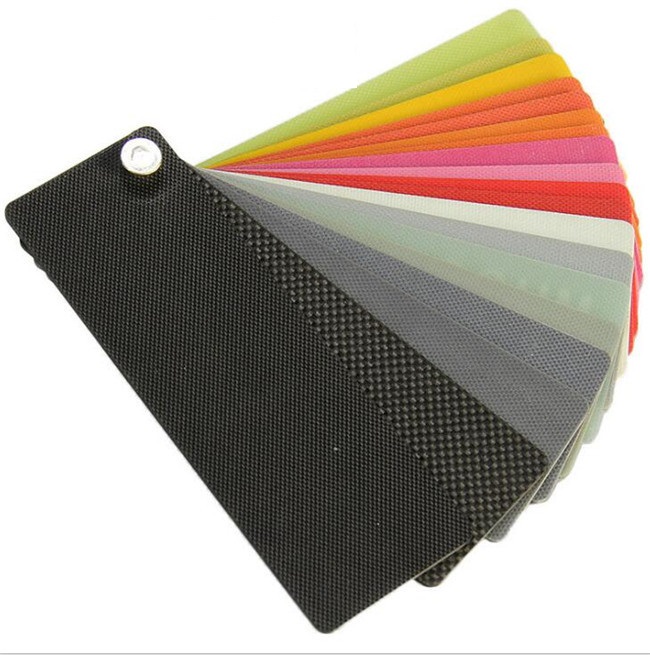
II. Application scenarios
The application boundaries of these three materials are essentially the precise coupling of performance and scenario requirements.
PC materials shine in the field of consumer electronic housings due to their light transmittance (89% transmittance) and easy processing. In daily industrial manufacturing, PC injection molding is often used for the housings of small motors and the control panel housings of assembly line equipment. It can not only help the internal components dissipate working heat through its own heat dissipation characteristics, but also cope with bumps in the workshop with good impact resistance. For example, the housings of small drive motors on toy production lines use a large amount of PC materials, taking into account heat dissipation and cost control. Lanxin Insulation Materials has PC sheets with high flame retardant grades, and can process PC sheets of various thicknesses into the shapes required by customers.
Epoxy boards are the "insulation guards" of industrial equipment. In scenarios such as motor stator insulation and high-voltage switch cabinet partitions, its combination of high temperature resistance and high mechanical strength is crucial. In machine tool manufacturing, epoxy boards are often used as insulating partitions between circuit boards in the electrical control cabinet of CNC lathes. They can not only withstand the high temperature of about 100°C generated when the equipment is running, but also support the installation and fixation of the circuit boards with their good mechanical strength. The practice of a machine tool factory shows that after using epoxy boards as insulating components, the electrical failure rate of the equipment has been reduced by more than 25%. Lanxin Insulation Material provides outdoor power supply manufacturers with epoxy boards that contact between product housings, battery cells and electronic control chips, which not only improve the heat dissipation performance of components but also enhance the insulation protection of internal gaps.
The stage of mica materials is concentrated in high-temperature extreme environments. The magnetron protective cover of microwave ovens must use mica sheets because it can withstand continuous high temperatures of more than 200°C and block oil erosion; in the rolling equipment of steel mills, mica boards are often used for cable insulation protection near high-temperature rollers. It can withstand instantaneous high temperatures of more than 500°C generated during the rolling process to ensure the safe operation of cables. In the furnace control system of the glass products factory, the insulation layer of electrical components close to the furnace also relies on mica materials to cope with long-term high-temperature environments. The power battery packs on the new generation of new energy vehicles also use mica sheets with a thickness of 0.5mm or less, which effectively avoid thermal runaway and indirectly improve the mechanical strength of the internal battery pack.
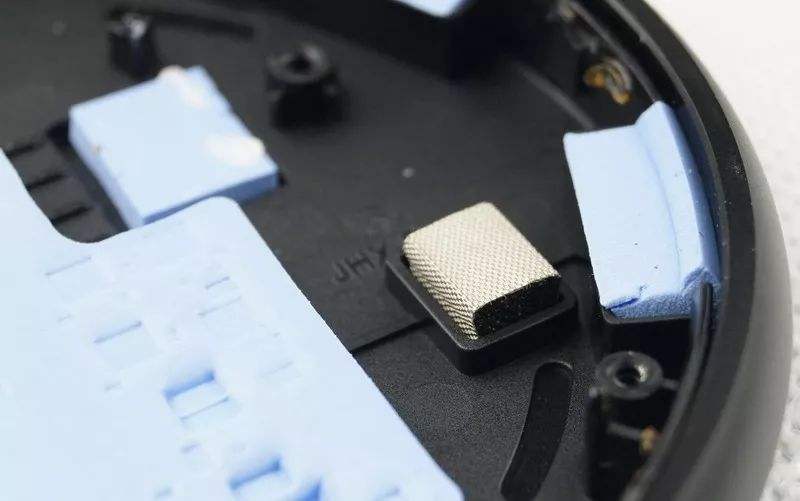
III. Key decision-making dimensions when purchasing
Ordinary consumers and end users can quickly lock in the right materials through three dimensions when purchasing:
First, look at the temperature threshold. PC is the most cost-effective for daily electronic equipment (<80℃); epoxy boards are preferred for industrial equipment (80-150℃); mica is the only choice for high-temperature scenes (>150℃). A home appliance repairman revealed that when replacing microwave oven mica sheets, if epoxy boards are used instead by mistake, they can work in the short term, but there will be failures caused by high temperature deformation within 3 months.
Secondly, calculate the comprehensive cost. The cost of PC materials is relatively low, and the processing cost is not high; epoxy boards contain glass fiber, so the cost is slightly higher than PC; the cost of natural mica boards is relatively high among the three. However, it should be noted that in high-temperature scenarios, the life cycle cost of mica is lower. After the foundry replaces mica with low-heat-resistant materials, the equipment may be shut down for maintenance within half a year due to material failure, and the loss generated far exceeds the cost of choosing mica.
Finally, check the certification mark. Regular PC materials should have UL94 flame retardant certification, epoxy boards must comply with IEC 60893 standards, and mica products should check the temperature resistance grade mark (such as "continuous temperature resistance of 600℃"). These certifications directly reflect the true performance of the materials and avoid being misled by "non-standard products".
From mobile phone chargers to industrial furnaces, the selection of these three materials is based on a deep understanding of heat management. The versatility of PC, the reliability of epoxy boards, and the extreme tolerance of mica have jointly built a diverse ecology of heat dissipation materials. With more than 20 years of experience in heat dissipation material processing, Lanxin Company is well aware of the differences in their characteristics and can find the most suitable and efficient heat dissipation solutions in various applications.

